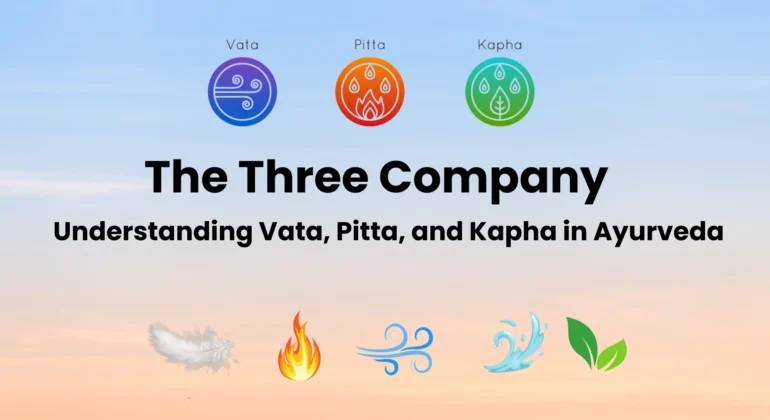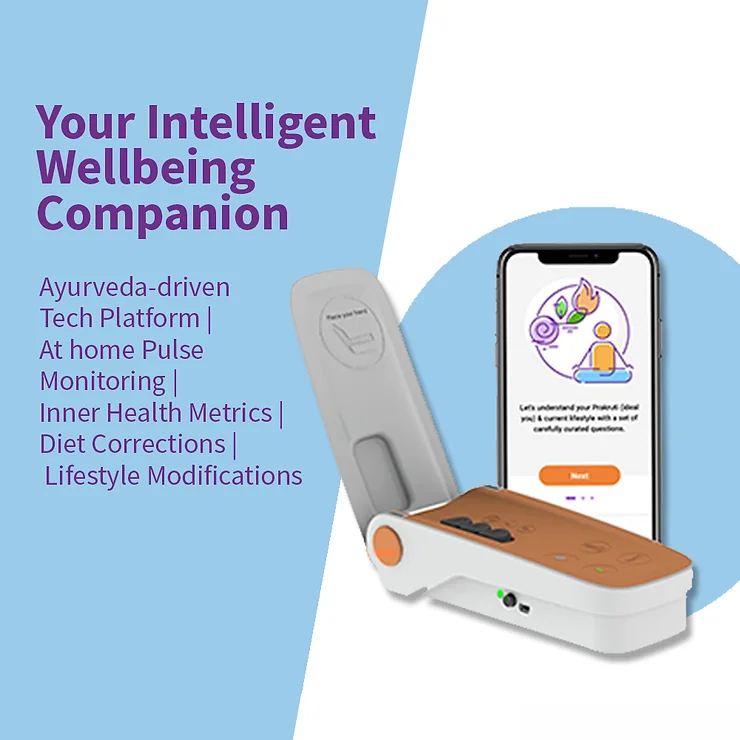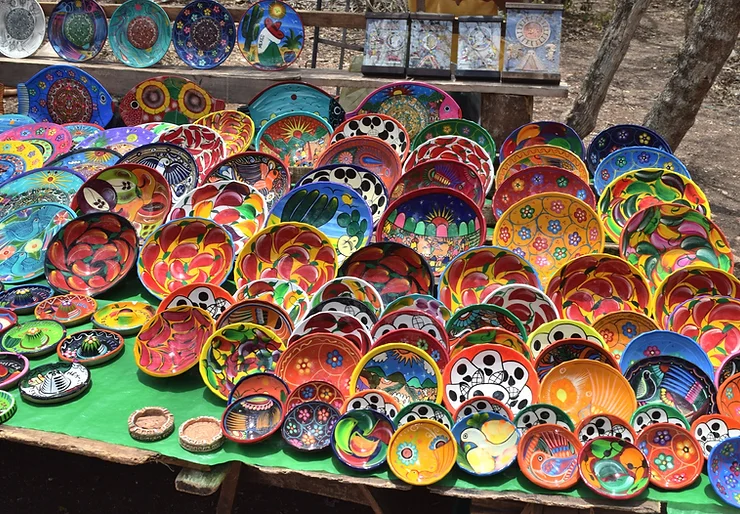Knowledge Of Nadi Pariksha
Based on Ayurveda, Nadi reflects the wellbeing of the individual and reflects the vital flow of energy. Energy flowing through Nadi helps Vaidya’s and doctors in pretending energy patterns. Early morning is the right time for Pulse analysis. What is Nadi Parkisha? Nadi Pariksha is …
The Three Company
Ayurveda is a ‘wholistic’ science. Atleast that’s what you must have heard or read somewhere, before reading this post. But have you ever given it a thought? As to what exactly does it mean by wholistic? What difference does it make? Is it really that …
Relationships From The Point Of Ayurveda
Love, relationship and 3 dosha Opposite poles attract each other. And this is very true if we consider our physical and psychological traits. In Ayurveda body constitution or body type or prakruti is defined as Manas that is psychological and sharir i.e. physical and physiological. …
Why will Turyaa be effective outside of India if it is based on Indian science?
Ayurveda as a branch of medical science has its foundation in ancient Indian civilization that continues to hold extreme importance even in present times. This is because the fundamentals of Ayurveda are based essentially on human characteristics and intrinsic causes that have remained and will …
My Well-being Companion: Finding something more than just Feeling Well!!!
Well-being has been strongly linked to many important life events ranging from physical and psychological health to family and social relationships to work and activity patterns. Not only has it been associated with many beneficial outcomes across these realms, but it has also been demonstrated …
Sorbet Chill & Lime : The Devil’s Kiss
Ingredients: 140 grams Coconut (Palm) Sugar 210 grams Castor Sugar 100 ml water 2 limes, juiced (1/4 cup) plus the zest finely chopped 5 lemons juiced (1 cup) plus the zest of 2 finely chopped 1 red chilli deseeded and finely chopped Steps: 1. Add …
COVID-19: PREVENTION IS BETTER THAN CURE!
The Covid19 outbreak caused by the corona virus has spread like wildfire across the globe and managed to put the entire world under lockdown. The past few months have been filled with nothing but news of this unprecedented crisis. The emphasis has constantly been on …
Guilt free ways of eating right !!!!
A lot of us have this feeling since the time we start thinking about our health, our fitness goals or missions…..Am I really going to achieve this if I really don’t know what I am eating is really healthy and really right???? How will i …
Keeping your salad healthy!!
When you hear the word “salad”, you may think of a boring bowl of cucumber, raw carrots and tomatoes to go with. But do you know you can pep-up your daily salad bowl into something so much more fun & colors, and its not at …









